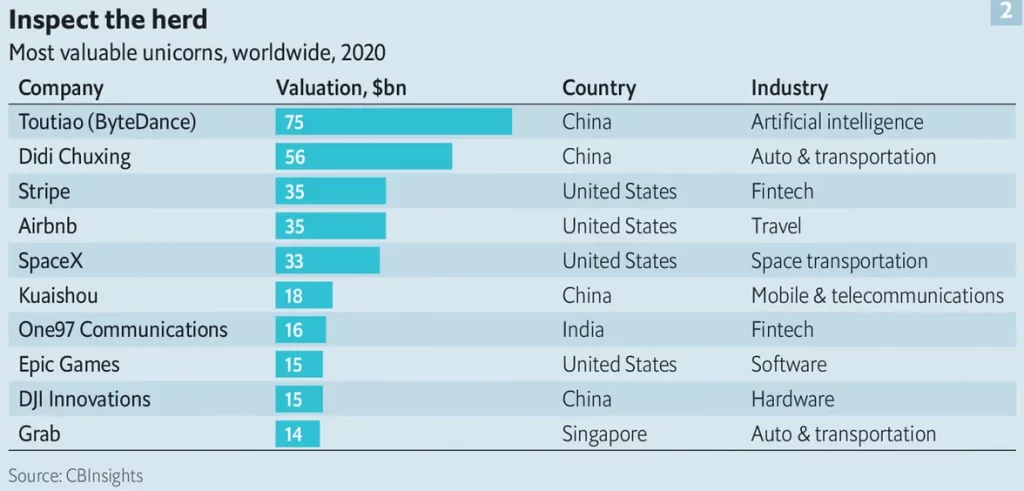Wow! You have a fantastic idea for your very own startup. Super exciting! Now, how can you make it happen? Don’t worry, we are here to help and provide you with some useful advice. Let’s get your project up and running with these five steps – even valid for online businesses – just follow along!
Step 1: Research Your Idea

The very first step I would recommend to launching your startup is to research your idea. This will help you validate your idea and make sure it is feasible. There are a few key things you should research. First, you need to assess the market opportunity for your product or service. This means looking at whether there is a need or want for what you’re offering.
Furthermore, don’t forget to explore what your competition is up to! Check out what other companies are peddling that’s comparable to your idea. Who knows, you might even stumble upon some unique ideas that you hadn’t yet thought of!
Another important aspect of this step is to research your target customer. Who do you think will be most interested in your product or service? What needs or wants do they have that your business can address? By answering these questions, you can begin to develop a marketing strategy that will reach your target audience.
Step 2: Create a Business Plan
The second step to launching your startup is to create a business plan. This will help you map out your business and get started on the right track. If you don’t already have a business plan, now is the time to create one.
Crafting a business plan is like putting together an exciting puzzle! You need to consider all the pieces that will help you create your business goals and figure out how you’ll bring them to life. Don’t forget to include the marketing plan, financial plan, and description of your product or service for a complete picture. With a well-rounded business plan, getting funding for your startup adventure should be a piece of cake!
Step 3: Raise Capital
The next step is to raise the capital you need to launch your startup. There are several ways that startups can raise money besides self-funding (also known as bootstrapping):
- Venture capital: This involves seeking funding from venture capital firms, which are companies that invest in high-potential startups in exchange for equity.
- Angel investing: This involves seeking funding from individual investors who are willing to invest their own money in exchange for equity in the company.
- Crowdfunding: This involves raising money from a large number of people, typically through an online platform, in exchange for a product or service.
- Government grants: Some governments offer grants to help small businesses and startups get off the ground.
- Bank loans: Startups can also consider taking out loans from banks or other financial institutions to finance their operations.
- Incubators and accelerators: These are organizations that provide resources and support to help startups grow and succeed. Some incubators and accelerators also provide funding to their participants.
- Corporate partnerships and sponsorships: Startups can also seek funding through partnerships and sponsorships with larger companies.
It’s important to carefully consider the pros and cons of each of these options before deciding on the best approach for your startup.
Step 4: Create a Minimum Viable Product

A minimum viable product (MVP) is a version of a product that has just enough features to allow users to experience its core functionality. The goal of an MVP is to quickly test a product idea and gather feedback from users, which can then be used to iterate and improve the product.
This will help you get feedback from customers and make sure your product is viable. Creating a minimum viable product is important because it allows you to get feedback from customers and make sure your product is viable. It’s also important to have a well-rounded business plan so you can secure funding for your startup.
Once you have a MVP, you can launch your startup and begin marketing your product or service. Marketing your startup can be done through a variety of channels, such as online advertising, PR, and social media.
It’s also important to have a solid online presence for your startup. Make sure your website is well-designed and informative, and that you’re active on social media.
Step 5: Market Your Startup
As we mentioned before, it’s important to focus your marketing efforts on your target market. Once you’ve identified who your potential customers are, you can begin creating marketing campaigns that resonates with them.
Some marketing channels you may want to explore include online advertising, PR, and social media. It’s also important to have a solid online presence for your startup. Make sure your website is well-designed and informative, and that you’re active on social media. By following these steps and putting in the hard work, you’ll be well on your way to success. There are a lot of different marketing channels you can explore, and it can be tough to know where to start. A good place to start is by thinking about which channels will be most effective in reaching your target market.
Once you’ve identified your target market and chosen your marketing channels, it’s time to start creating campaigns. To create an effective marketing campaign, you’ll need to come up with a strong message that resonates with your target market.
Conclusion
Launching a startup is a lot of work, but it can be immensely rewarding. Follow these steps and put in the hard work, and you’ll be well on your way to success. When you’re marketing your startup, it’s important to focus on your target market. Who are your potential customers? What needs does your product or service address? Once you’ve identified your target market, you can begin creating marketing campaigns that resonates with them.
If you follow these five steps, you’ll be well on your way to launching your startup successfully. But don’t stop there – keep learning and growing, and always be prepared to adapt to the ever-changing landscape of business. Best of luck!

Jeff Cyprien, a technology aficionado, enjoys delving into emerging tech trends. With expertise in digital marketing, branding, design, and web hosting, he shares his rich insights to guide others in the digital realm.





